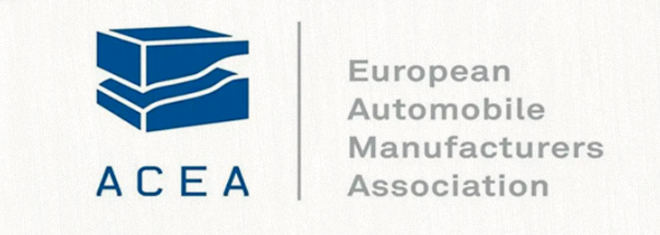ACEA Special Session | ACEA Oil Standard Interpretation
Is your car Japanese or European?
Is it an eco-friendly model or a large displacement model?
For different models, the applicable oil standards are different, in the selection of oil, in addition to the selection of viscosity. Please master to identify the common standard specifications on the oil packaging, in order to help us more accurately find the oil suitable for the car.

ACEA Standard
ACEA comes from the European automotive industry, as the inspection and certification standard for automotive lubricants, representing the world's advanced standards for lubricants. The word ACEA on the oil packaging means that the oil meets the ACEA standard. These criteria are usually expressed by engine category:
Standard A is usually applied to gasoline engines
Standard B are applied to light diesel engines
Standard C are applied to gasoline and light diesel engines equipped with exhaust gas treatment devices
Standard E is suitable for heavy-duty diesel engines
What are the characteristics of oils that meet ACEA standards?
1, medium and low ash: The oil that meets the ACEA standard has a low ash content, which can effectively prevent the blockage of the exhaust gas treatment device, and is an environmentally friendly oil
2, antioxidant: oil needs to be used at high temperatures for a long time, so oil that meets the ACEA standard usually has excellent antioxidant properties, which can effectively resist aging and deterioration of oil.
3, keep clean: Oil that meets the ACEA standard, usually has excellent cleanliness and dispersion, effectively inhibits the oil sludge inside the engine, and helps to keep the engine clean inside.
Engines of different models and displacement use ACEA standard oil in line with their standards, and the performance of oil products has been improved, which can better meet the performance requirements of the engine.
 Back
Back
 Wear-resistant
Wear-resistant Official Account
Official Account
 Applet
Applet
 Official Tiktok
Official Tiktok